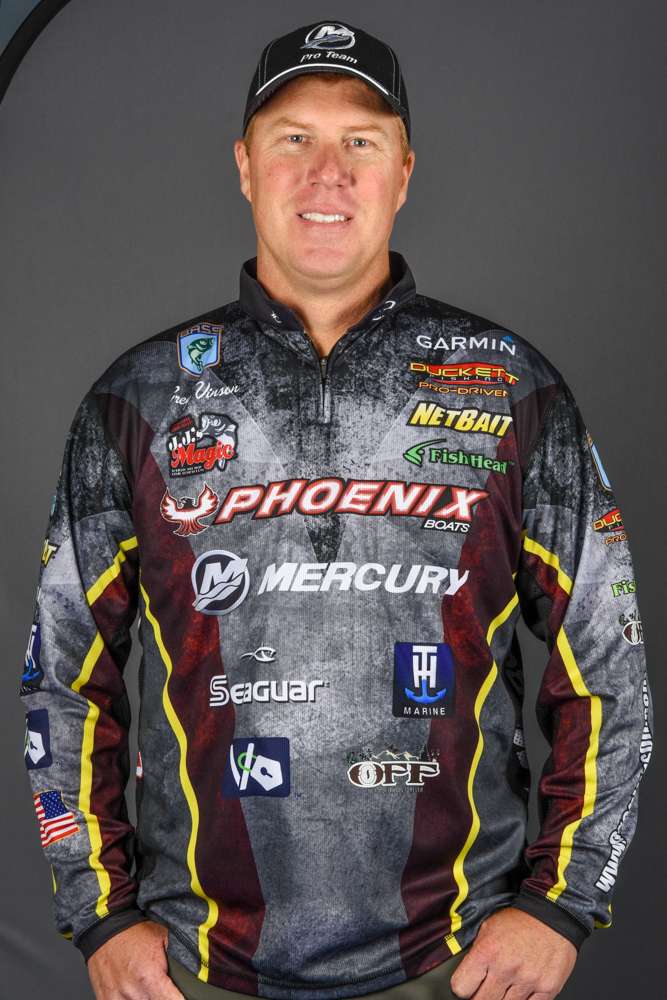
The prespawn will be in full swing over the next couple of weeks in large parts of our country. There’s no doubt that this is the time to catch the big one, but it can also be a time for big frustration. Prespawn bass can be hard to locate and hard to catch.
I have a simple approach that’s served me well over the years that I’d like to share with you.
The first thing I think about is water temperature. I use 55 degrees as a benchmark for largemouth moving up for the spawn. If the temperature is fluctuating throughout the day as it often does in shallow water, I’ll consider the average temperature of the area. I also consider the current water temperature and compare it to the days and weeks before. Is it on the rise, or is it falling? That’ll effect where and how I fish.
Next, I’ll think about the places where they’ll actually spawn. After all, we’re talking prespawn so we need to know where they are headed. If the average water depth in the area is shallow, like in a Florida lake, I look for dense cover that’ll hold heat. If it’s deeper or if there’s a break nearby, I’ll move out or near the first break.
Before we go too far, though, we need to go back to water temperature.
Prespawn bass in colder water or in dropping water are usually not as aggressive so I tend to fish baits that are small and that make a small profile. Straight tail worms like trick worms or a NetBait T-Mac Straight Tail Worm on a shaky head are one of my first choices. They have an exciting quiver as they fall, but they don’t have a bulky presence.
I also like their 3.5-inch Paca Slim Craw. It’s just big enough, and has just enough action, to get their attention, but it isn’t so big as to look unnatural or create too much of a disturbance.
Bass in warmer or rising water are usually more aggressive. Under those conditions I like bigger baits that have a larger profile and that make more of a disturbance in the water.
Some of my most productive baits are bigger soft plastic creature baits with flapping claws. They displace more water and attract better bites. A heavy jig will work, too. I’ll frequently use a 4-inch Paca Slim by itself or as a jig trailer to get the effect I want.
I fish these lures aggressively by swimming them over and through cover instead of pitching them around.
My color choices are simple during the prespawn. If the water is stained to muddy, in the spring I go with dark colors like black-and-blue, or maybe green pumpkin and orange. A lot of companies call that combination Alabama Craw. If the water is still relatively clear, watermelon red can be good.
Sound and scent are important any time of year, but it seems like they can really add to the appeal of the bait during the prespawn. When the water is stained or muddy, I use glass worm rattles in my plastics. They seem to help them find it. And, I always add a little garlic scent to my baits. Bass like it. I do the color and the scent with JJ’s Magic Dippin’ Dye.
The pre-spawn can be a tricky season of the year, but it’s also when some of the biggest bass that live in a place can be caught. Don’t let early season frustrations get the better of you.

